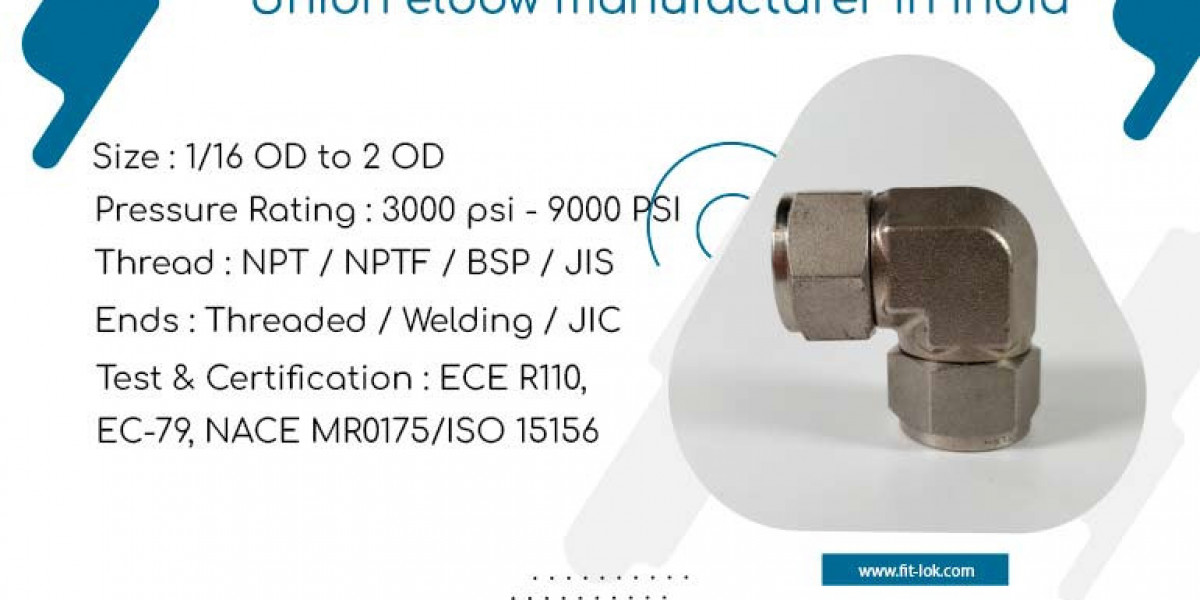How to Choose the Right Union Elbow for Your Piping System
A union elbow is a critical component in many piping systems, allowing for a secure connection and easy disassembly when necessary. Choosing the right union elbow ensures efficiency, durability, and leak-free performance. Here are key factors to consider when selecting the appropriate union elbow for your system.
1. Material Selection
Union elbows come in various materials, including brass, stainless steel, copper, and PVC. The choice of material depends on the type of fluid being transported, temperature conditions, and environmental factors. For instance:
Stainless Steel: Ideal for high-pressure and corrosive environments.
Brass: Suitable for water, gas, and non-corrosive fluids.
Copper: Common in plumbing and HVAC applications.
PVC: Best for low-pressure water systems and chemical resistance.
2. Pipe Compatibility
Ensure that the union elbow is compatible with the pipe size and type in your system. Standard pipe measurements such as NPT (National Pipe Thread), BSP (British Standard Pipe), or metric sizes must match the fittings to ensure a secure fit.
3. Pressure and Temperature Ratings
Union elbows must withstand the operating pressure and temperature of the system. Exceeding the recommended limits can lead to leaks, cracks, or joint failure. Always check the manufacturer’s specifications for maximum pressure and temperature ratings before purchasing.
4. Connection Type
Union elbows come in different connection types, including threaded, compression, and push-to-connect. The right choice depends on your installation needs:
Threaded: Common in industrial applications requiring a tight seal.
Compression: Provides a secure seal without welding or soldering.
Push-to-Connect: Ideal for quick installations in low-pressure systems.
5. Application Requirements
Consider the specific requirements of your system, such as whether it needs frequent disassembly for maintenance or if it handles aggressive chemicals. For example, stainless steel union elbows work well in food processing and chemical plants due to their resistance to corrosion.
6. Manufacturer and Quality Standards
Choose union elbows that meet industry standards such as ASTM, ANSI, or ISO. High-quality fittings reduce maintenance costs and enhance system longevity.
By considering these factors, you can select the right union elbow that ensures efficiency, safety, and durability for your piping system. Always consult with a professional if unsure about the best option for your specific application.










